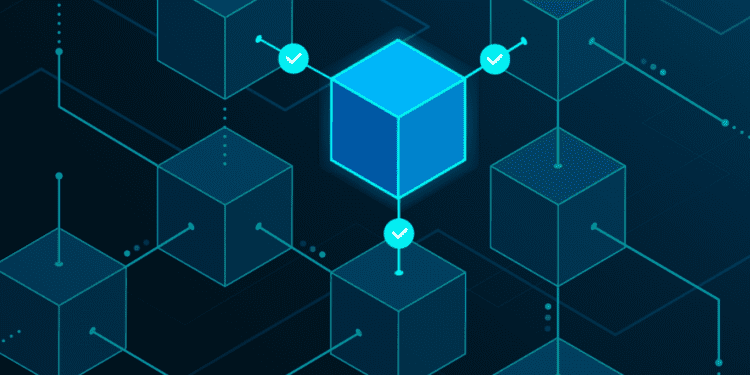Canton Network Aims to Revolutionize Institutional Asset Transactions through Privacy and Synchronized Financial Market Systems.
Digital Asset recently declared its intention to introduce the Canton Network, the world’s first privacy-enabled and interoperable Layer 1 blockchain, specifically designed for institutional assets—financial resources owned by organizations, such as pension funds, insurance companies, and endowments, that professionals manage to achieve specific investment goals. The ultimate objective of this network is to unlock the full potential of synchronized financial markets.
Daml Smart Contract Language
The Canton Network will connect independent applications built using Digital Asset’s smart-contract language, Daml, thus creating a “network of networks” that facilitates the interoperation of previously disconnected financial market systems.
Daml provides developers with a high-level abstraction that simplifies the creation, testing, and deployment of smart contracts for financial applications. In addition, Daml has a concise syntax that facilitates the writing of code and automates the validation and execution of contracts.
Daml offers advanced features that make it easy to create complex financial contracts while minimizing errors and risks associated with traditional contract processing. In addition, it provides a framework that enables developers to define rules and workflows that govern how smart contracts should execute, allowing for the creation of complex financial instruments. Another significant advantage of Daml is its platform-agnostic nature, allowing it to run on multiple distributed ledger platforms.
Canton Network Structure
In the Canton Network, nodes are called participant nodes, and unlike individual nodes with processing power and storage capacity limitations, the Canton Network has no scaling limits. Each participant node handles its data and workflows, which synchronize with different groups of nodes. The Canton Network has no central authority to govern access and usage; each node or subnet sets its policies.
There is no holistic blockchain view, as each participant node in the Canton Network has its ledger containing its contracts. This can make it challenging to ensure that smart contracts are accurate. However, Daml solves this problem by creating a virtual global ledger, meaning it doesn’t exist in any data store. Each participant can only see a subset of the ledger, but conceptually, they all look at the same ledger. This ensures that everyone has a consistent view of any shared application state, like ownership of assets.
Canton utilizes a mechanism called the Canton Protocol to ensure that all network nodes have a consistent view of the valid global ledger while maintaining the privacy of information that each party is not supposed to access. This enables parties to transfer digital assets, knowing they own the asset confidently, and the transfer is kept private unless explicitly allowed.
Canton Network Consensus Mechanism
When a series of smart contracts are executed on the blockchain to facilitate a transaction between two independent parties, Canton considers them joint stakeholders in the transaction and seeks to achieve consensus between them.
Canton employs a proprietary Proof-of-Stakeholder consensus mechanism divided into two layers of consensus. The first consensus layer is a two-phase commit protocol where smart contracts of both transacting parties are replicated during the first phase. Then during the second phase, the transaction request of the parties is committed to the Canton Network nodes for validation. For this first consensus layer to commit transactions routinely, nodes must agree on the order of transaction requests added to the blockchain.
The second consensus layer of the Proof of Stakeholder model is a sequencing protocol that receives the validated user transactions, the order in which the nodes agreed upon, and grants them a timestamp, adding the transactions to the blockchain. Consensus is achieved in the Proof of Stakeholder model when transactions are committed for validation in the first consensus layer and then sequenced with a transaction hash in the second.
Looking Ahead
Supported by renowned players in the financial market industry, such as Deloitte, Deutsche Börse Group, Goldman Sachs, Liberty City Ventures, Paxos, S&P Global, Microsoft, and more, the Canton Network aims to revolutionize finance by providing a tangible solution to the long-standing challenge of financial systems’ interoperability. The network promises to usher in a future where economic systems can communicate with each other securely and efficiently, thereby unlocking new opportunities and potential for the industry.














